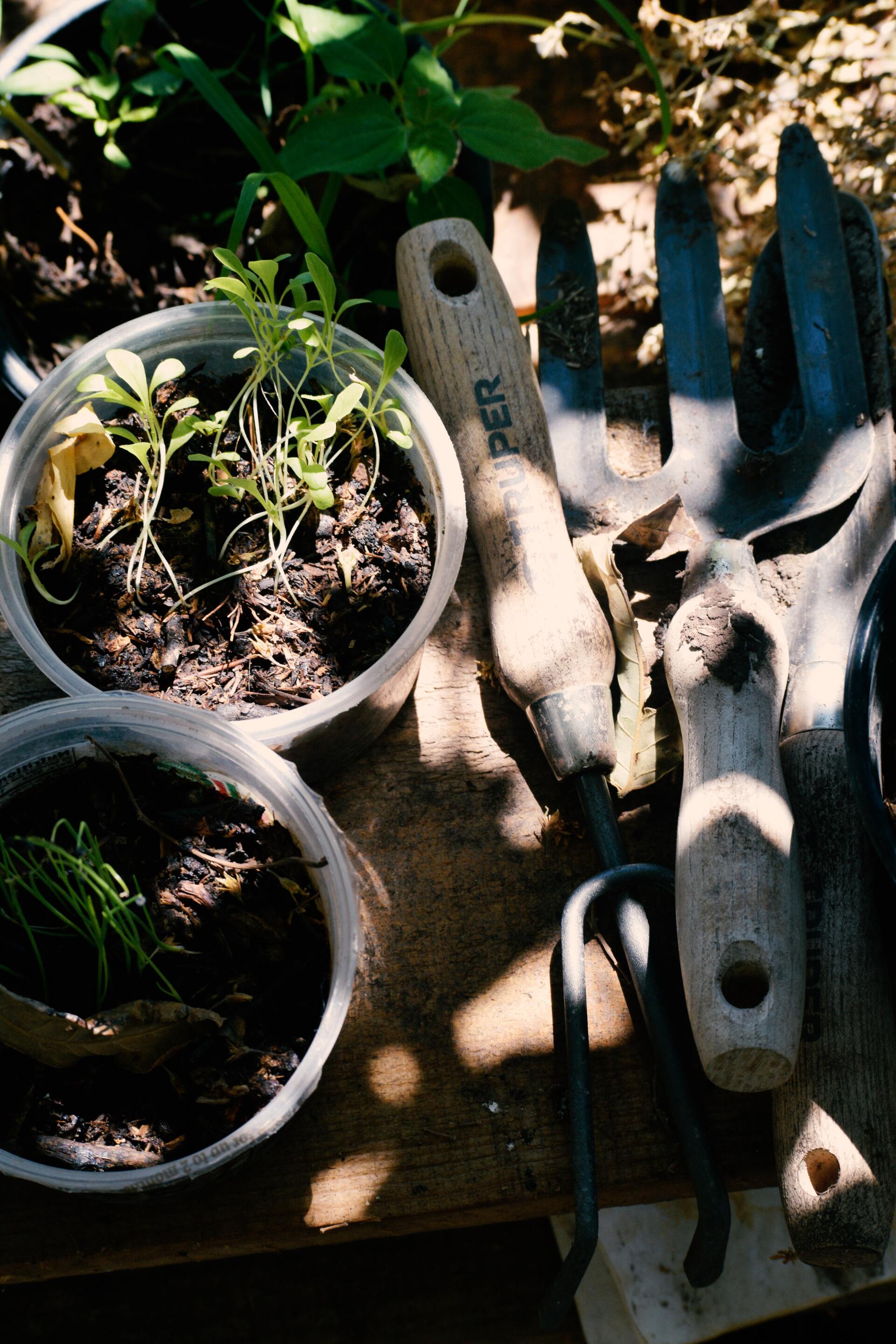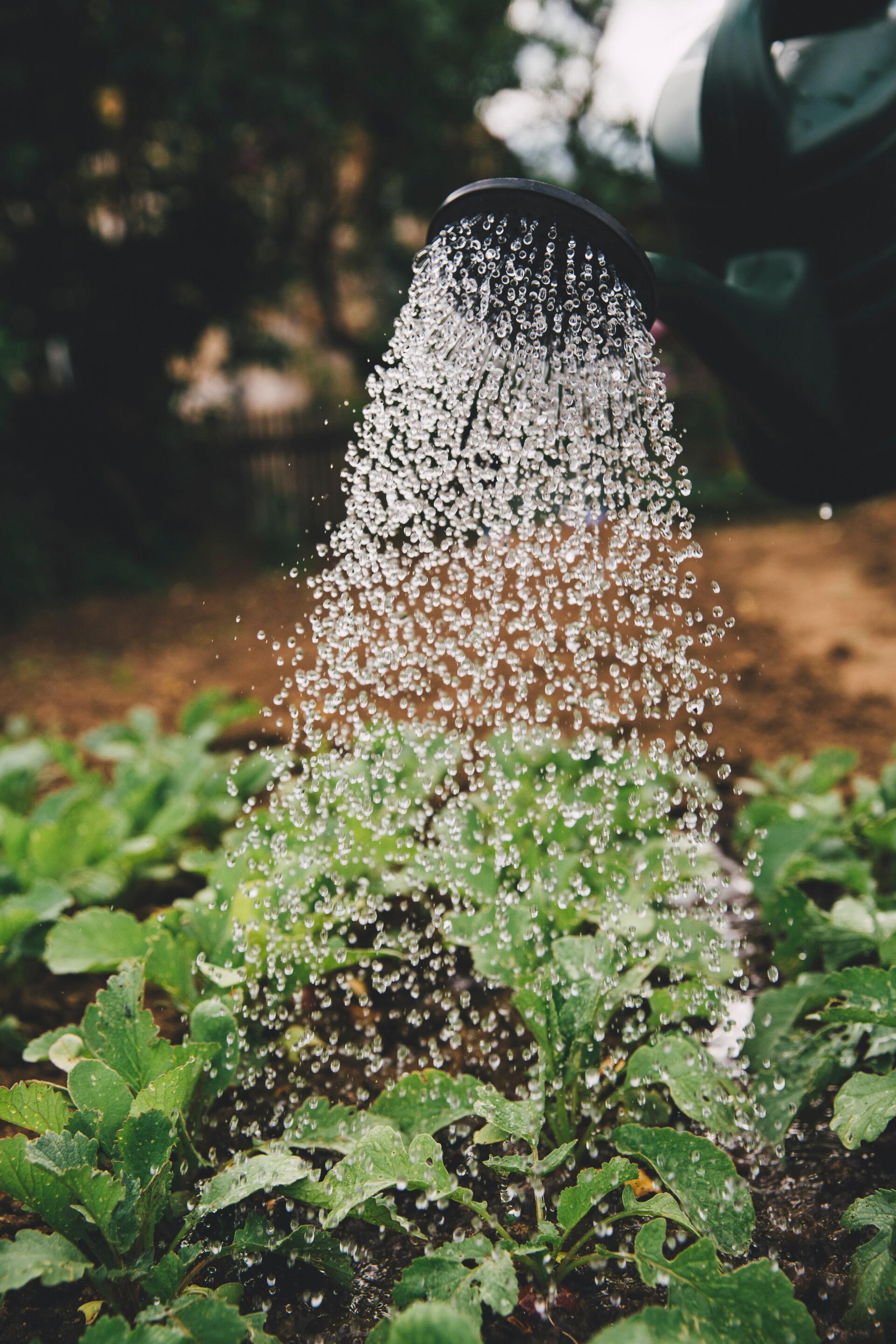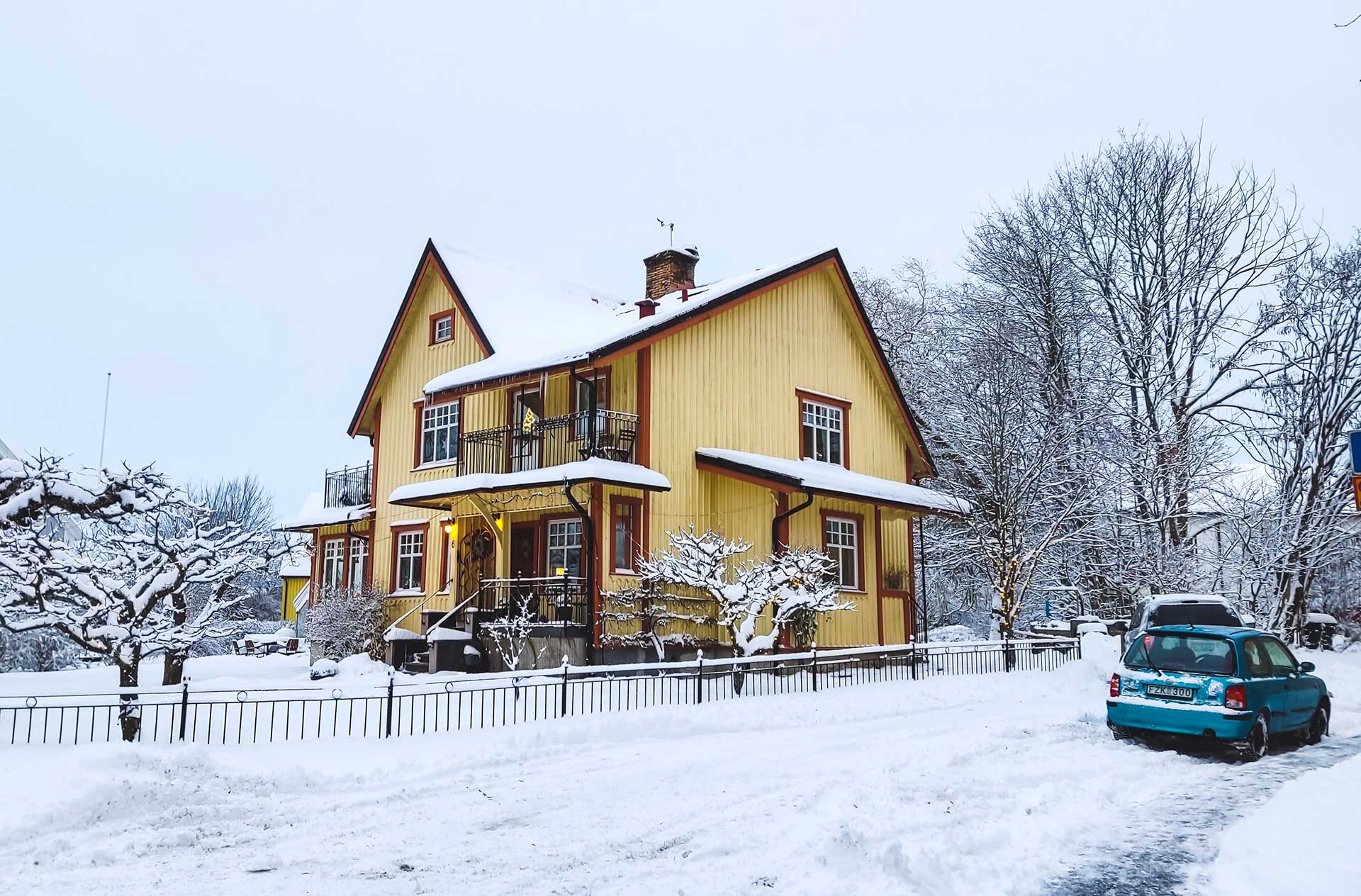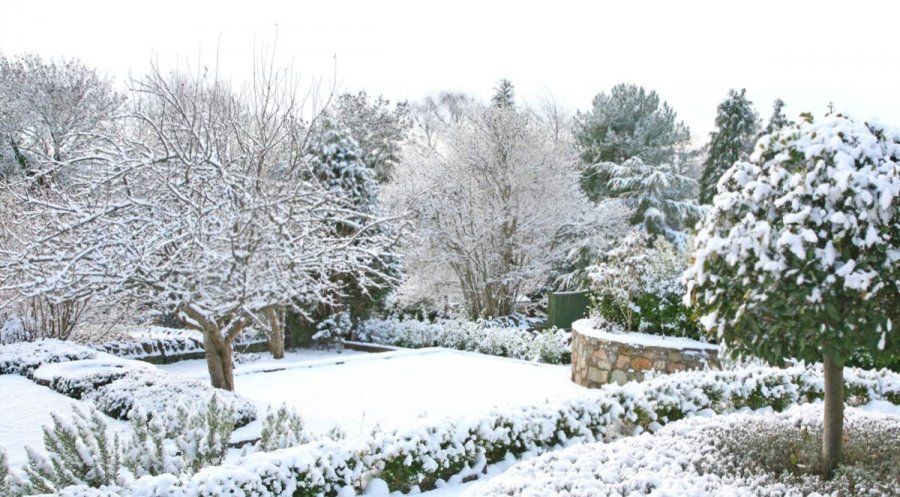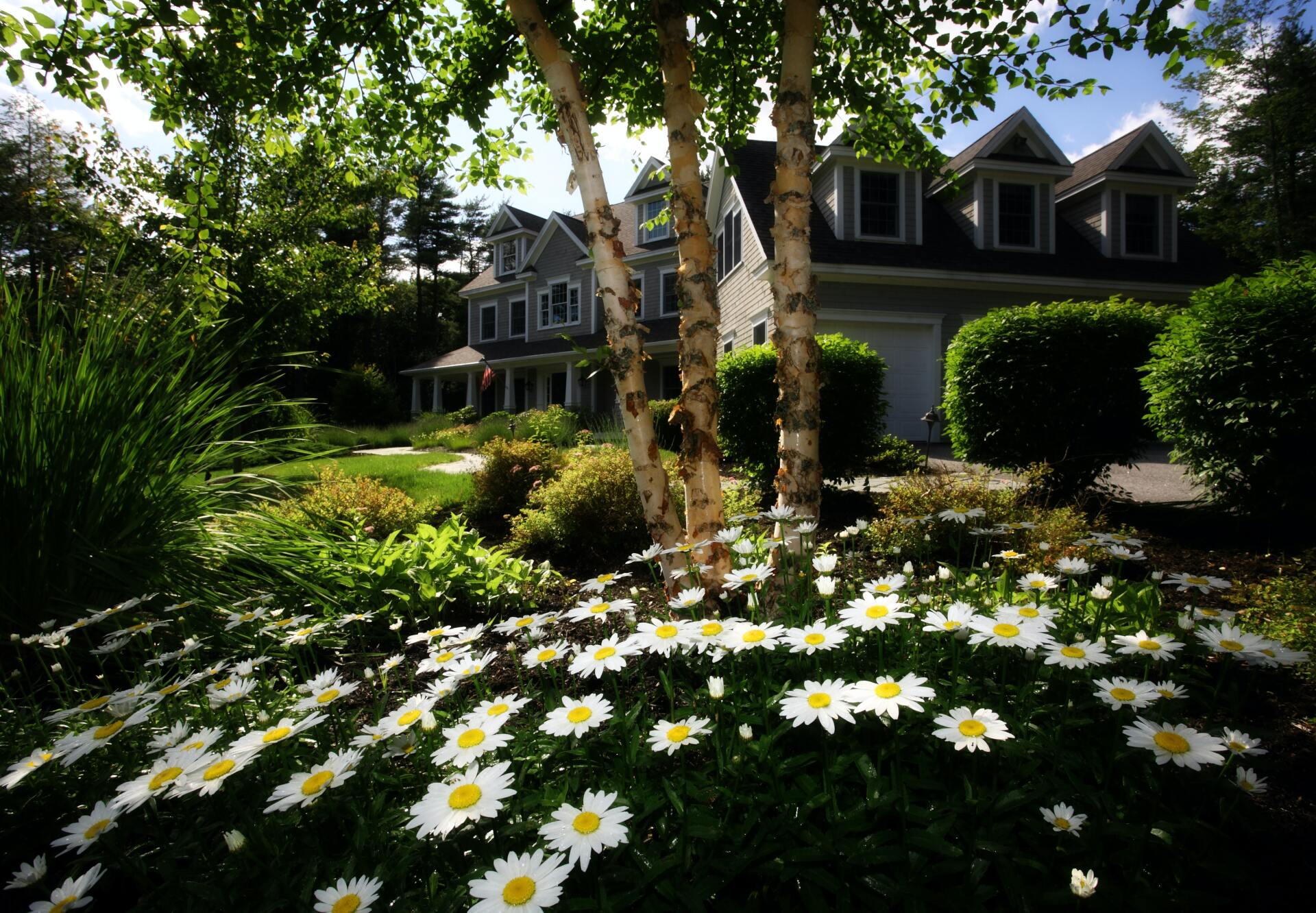5 Summer Watering Tips to Help Your Garden Beat the Heat
July 8, 2019
Summer is finally here, and that means two things: sunny days and sweltering heat. While your plants will definitely appreciate the sun, the hot temperatures of the summer months can make maintaining your garden more difficult. Heat makes plants thirsty the same as us, and making the necessary adjustments to your watering is something even experienced gardeners struggle with. Here are our top tips for keeping your plants looking cool when it gets hot.
Water Early
One of the most common questions is when the best time is to water, and thankfully it’s one with an easy answer. If you want your plants to be able to properly soak up the water you’re giving them, you should be watering them early in the morning. This gives your plants plenty of time to fully absorb the water and very importantly makes sure they have water before the day gets to its hottest.
Avoid Watering the Leaves
When most people water their gardens, they do so in a broad sweeping spray of their plants. Watering like this is definitely fun, but it’s far from efficient, and can potentially even be harmful. While it’s not possible to completely avoid getting the leaves of your plants wet, you should aim to avoid it as much as possible for two major reasons. The first is that it won’t actually give your plants much benefit, as a plant’s leaves are mostly unable to absorb nutrients from the water. The second reason is that excess water invites the possibility of fungal infections and other diseases that thrive on moisture.
Water Better, Not More
Something very important that people often don’t realize is that even in the summer, overwatering is a very real problem. Watering your garden too much or too often can result in the soil becoming waterlogged. This can prevent oxygen from reaching your plant’s roots, choking your plants and preventing them from being able to drink up. A good way to prevent this is by watering your plants more deeply so they get what they need with less water. For the best results, moisten the soil a good 5 to 6 inches down, and be sure the water is penetrating deep enough that the roots are being directly watered.
Make Sure Your Plants Need the Water
Another way to make sure you aren’t overwatering is to first make sure your plants actually need to be watered. There are a couple of ways to do this. The easiest way is to check how moist the soil is beforehand. Using your finger, determine how wet the soil is and how far down the moisture goes. If the soil is properly wetted for a few inches down, watering most likely isn’t necessary. Another way is with indicator plants. Monitor your garden for plants that react the quickest to drying out, and water as often as is necessary to prevent signs of dehydration in those plants.
Conserve Water Through Proper Mulching
With your lawn properly watered, it’s time to keep it that way, and one of the best things to help with that is mulch. Applying a thin layer of mulch to the soil greatly helps to retain water by minimizing the evaporation of water in the soil and helping to prevent runoff when watering. Just make sure to not put on too much, as that can make it harder for water to go deep in the soil. If you’re looking for high-quality mulch, Cashman can help apply the perfect one for your plants.
The summer season can be tough on plants, but when properly cared for it can also be a time where they really shine. Hopefully, these tips will help you keep your garden as hot as the weather this summer. And if you need a hand with any lawn, garden, or landscaping maintenance this summer, remember that we’re always ready to help here at Cashman Landscape Management & Design!
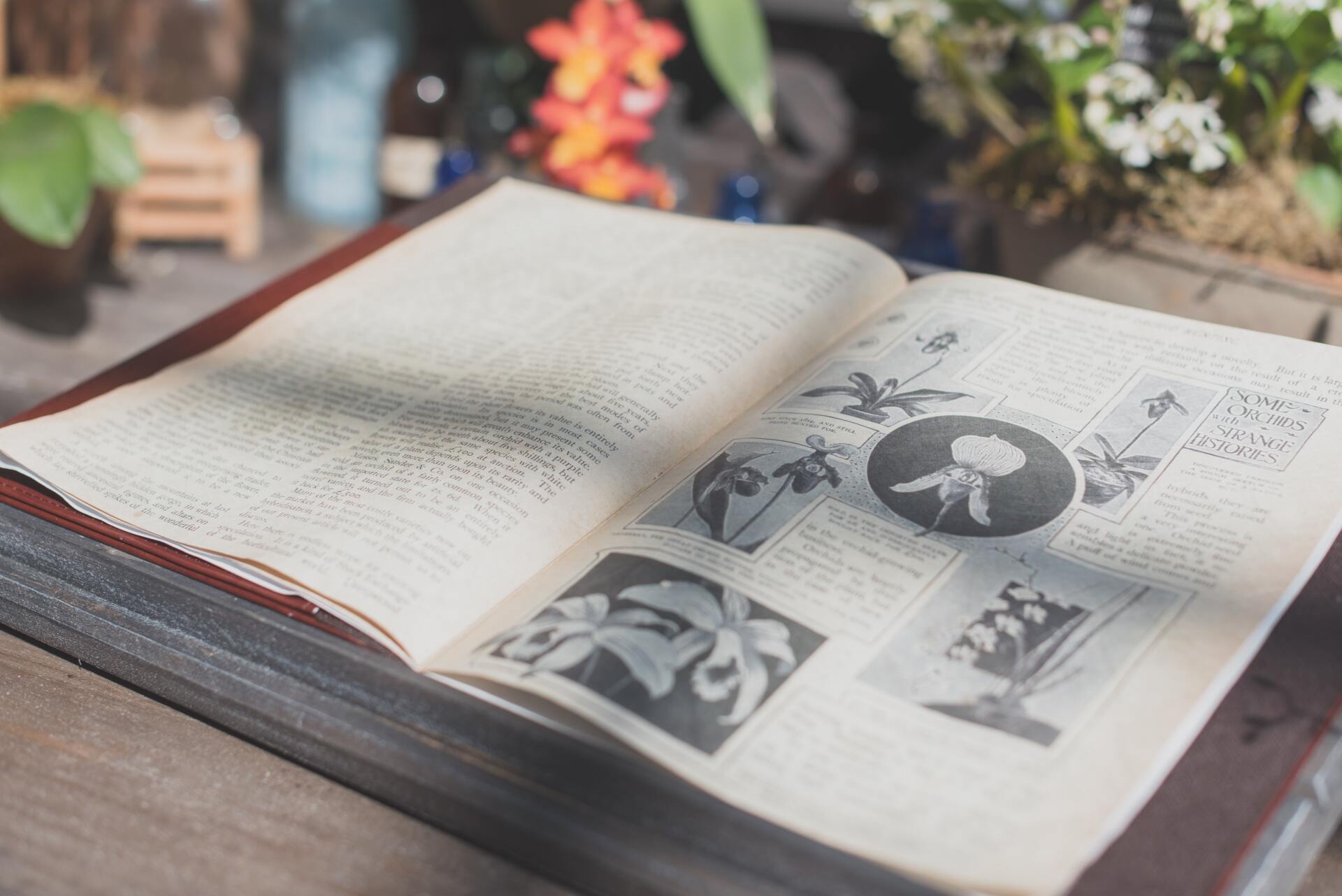
The best time to start planting for the fall season is now. The cooler summer nights and shorter days are perfect for getting out in the garden, digging your hands into rich soil, and having some fun! This blog post will give you a list of books that will help turn your gardening endeavors from a chore into an enjoyable experience.
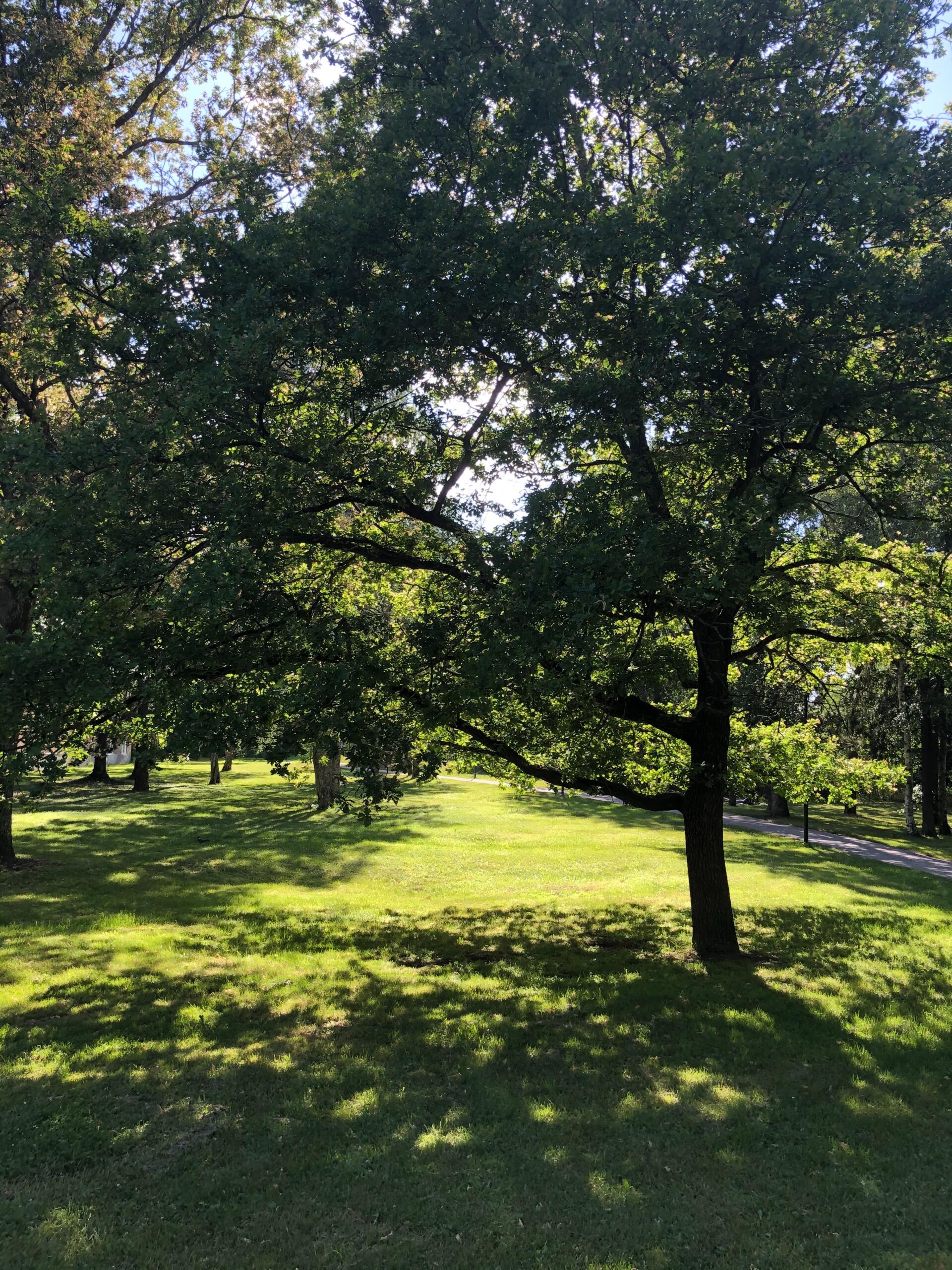
Many people don't realize that trees are a great way to provide shade in the summer. This is especially important for those who spend lots of time outside and want to avoid getting sunburned! Trees also make your yard look nicer and help cool down your home with their leaves and branches, keeping it cooler on hot days.
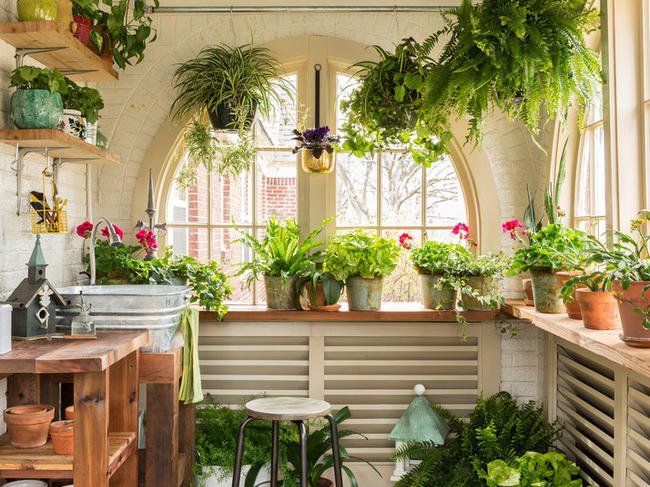
Why reserve landscaping for your outdoors? Bring nature into your indoor space and intimately commune with your choice of plants. Their vibrant colors and scents make for a welcoming environment and soften the concrete and wood of human structures. No need to stop nature at your front door. Unused space can be transformed to become colorful and relaxing while you share your habitat with Mother Nature and her lovely creations and add natural beauty to your home. Utilizing proper planning and the right plant selection will transform your home and add color and scent to your surroundings. Extend your landscape through your living room, bedroom, and beyond.
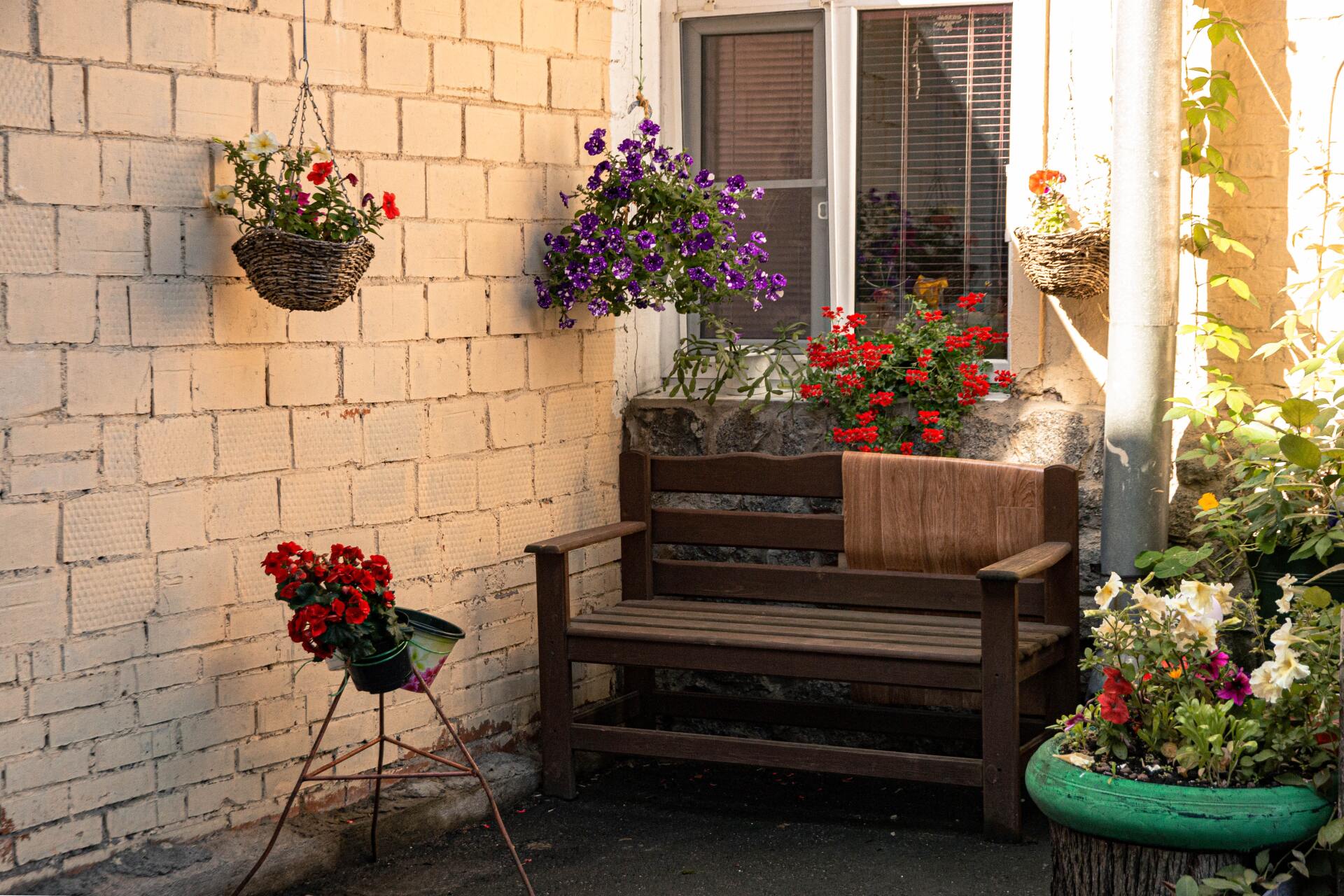
The first thing that pops into my head when I think of flowers is the sweet scents they give off, but there are so many other things to love about them too! Flowers can be used in various ways - from adding some color to your home decor to making someone feel better with bouquets. But did you know that certain flowers will continue blooming all year round? If you are looking for some great flower ideas, then read on.


